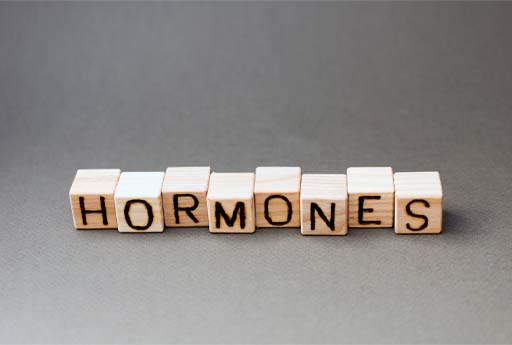3 Women’s experiences of their menstrual cycle
Finch (2019) explains that each woman will experience their cycle differently and this experience can change over time and even month to month. This is why it is so important that athletes are able to talk about their menstrual cycle with their coach, trainer and support team. In Activity 3 you’ll hear from three coaches who have also been athletes about their experiences of the menstrual cycle and exercise.
Activity 3 Coaches discuss their own experiences
Listen to the audio below where Simon Rea interviews three female academics who are colleagues about the impact of their menstrual cycles. Then answer the following questions:
- How do the experiences of the three females differ?
- What benefits do they find from exercise when they experience menstrual symptoms?
Transcript
Discussion
- All three females experience their cycles in very different ways with Caroline explaining that she experiences no symptoms at all while Candice is more affected. She experiences stomach cramps and bloating as well as psychological symptoms such as being less able to deal with stress and being aware of a low mood. Jess has very specific problems where heavy menstrual bleeding led to low iron levels and feelings of fatigue and aching muscles associated with that.
- Both Candice and Jess explained that menstrual symptoms are slightly alleviated by exercising and that it improves general psychological wellbeing. In particular, Jess refers to how exercise helped to alleviate stomach cramps and the lethargy she experienced during her period.
It is not always easy for some women to talk about this aspect of their health with their coach or trainer. It is very personal information to share, and it will depend on the nature of the relationship with their coach or trainer.
Also, Emma Ross (cited in Finch, 2019) points out that because female athletes have fought hard to gain the same opportunities, prize money and the same access to resources in sport as men, they may be reluctant to appear to be ‘different’. Many female athletes want to be seen exclusively as athletes and do not want to be viewed or treated differently because of their reproductive system.
This is why it is so important to reframe the narrative around cycles and periods, in sport and in wider society. As you will discover in this course, a period is a vital sign of health, and a healthy menstrual cycle is reflective of a healthy body and is a positive feature of a female athlete’s physiology. The hormones of the cycle have a positive influence on physical development as well as resilience and psychological health.

